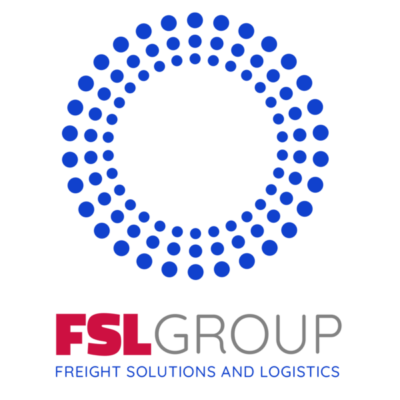There are many decisions you have to make as a business owner. While some involve production or marketing, one of the biggest pieces of the business puzzle is any decision regarding the transportation of your product. Why? Because logistics and supply chain costs directly impact your company’s bottom line.
Choosing the wrong mode of transportation or working with an unreliable carrier can have disastrous results. Even negotiating the rate for your trucking services plays a huge role. The good news is that you can choose the best rates and solutions for your business once you learn about your options. As a result, you can obtain a competitive advantage in the markets you serve.
Let’s dive in.
Trucking services are broken down into two rates: long-term contractual agreements or short-term spot market transactions. This breakdown is similar to other financial markets, such as fuel, metals, and gold.
Determining which option will work best for you is best served as part of your overall freight and logistics cost and pricing execution strategy.
When deciding between spot freight rates and contractual rates, it is important to remember that both options offer a different value proposition.
In order to determine which option will work best for you, we should first define what they are.
Contract rates
In the most basic of terms, a contract rate is the rate a motor carrier, freight broker or logistics provider agrees to use when moving a shipper’s freight. This rate is for a set lane and its freight characteristics over a set period of time.
Contract rates make up about 80 percent of the trucking market and are based on a specific agreement between the shipper and a transportation provider (either asset or non-asset based) for an origin and destination and an estimated volume. Additionally, they are typically non-binding agreements that can be broken and/or adjusted by either the shipper or the transportation provider as needed.
Contractual rate agreements can vary in length and can be customized between the active parties (shippers, brokers, carriers) to fit the need. However, the typical time frame for these agreements is between three and six months.
Here is an example:
A shampoo manufacturer needs to ship its shampoo bottles from the manufacturing plant to its distribution centers around the country. The manufacturer has a good estimation of the volume of shipments based on past history. The volumes and lanes for their shampoo bottle shipments are consistent, frequent and forecastable. Thus, the shampoo manufacturer opts for a contracted trucking rate with predictable rates because they can plan with the transportation provider ahead of schedule for needed capacity.
Spot rates
In comparison to a contract rate, a spot freight rate is the price a freight service provider offers a shipper at one point in time. This rate is simply to move their product from Point A to Point B and then anything after that would be a different rate.
Spot rates make up the other 20 percent of the trucking market and are based on the current supply and demand for trucks. These rates are used for one-time or inconsistent load volumes for origins and destinations.
Spot freight rates tend to be more volatile than the contract market because they are negotiated lane-by-lane or load-by-load. Load specifications can differ greatly. These loads are often same-day loads from shippers who work at inconsistent times or on some low traffic or inconsistent lanes. These rates are determined by the ratio of the number of loads in the market compared to the number of available trucks at the moment.
Here’s an example:
A custom materials manufacturer needs to ship a large order of a specially-dyed batch of silk to a clothing manufacturer. The clothing manufacturer only needs one batch of the material, but delivered to a few manufacturing plants. Thus, the volume is low, timing is infrequent and destinations vary.
Whenever the silk is ready, the custom materials manufacturing will have to purchase the trucking capacity “on the spot” to get it out.
So, you may be asking how you are then supposed to know what will work best for you. A good place to start is working with an experienced freight brokerage firm, like FSL Group, who can help find what will give you the best price for your needs.
Factors to Consider
In truth, spot rates do have a lot to contend with, like new HOS regulations, truck driver shortage and the capacity crunch to name a few. However, that does not mean that they will always be more expensive. A contracted rate that has specific discounted prices built in may come in higher than a spot rate.
There are a few other factors besides price to consider when choosing between these two options.
Here is a checklist:
- The commodity of what is being transported (is it of high or low value)
- Deliver time frame (faster is going to be more expensive)
- Weight of freight (heavier is going to be more expensive)
- Any specializations (the more specializations there are, the more expensive it will be)
- Headhaul or backhaul (Delivering into a backhaul market can be more expensive because carriers can have trouble finding a return load.)
Conclusion
When deciding between different rates, it’s important to take a full look at how they differ and how they can work for you. If you feel overwhelmed, we want to help.
At FSL Group, we understand your desire for low cost freight shipping so that you can continue to best serve your customers. We are fighting against the stigma of freight brokers can sometimes get because we pride ourselves in integrity, direct communication, and exceptional service.
If you are looking for a full-service provider that can deliver your shipments on-time and on-budget, with the right carrier, right equipment, and right place, we are ready and waiting. Request a quote today!


